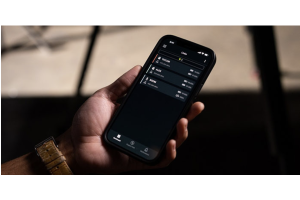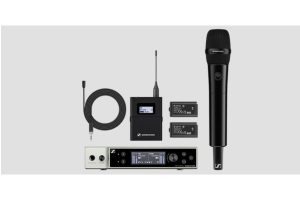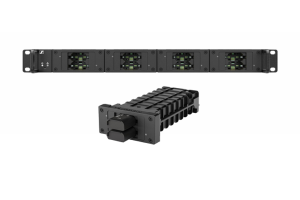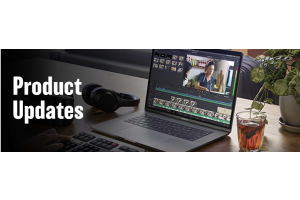The Best Practices for Video Lighting Setup
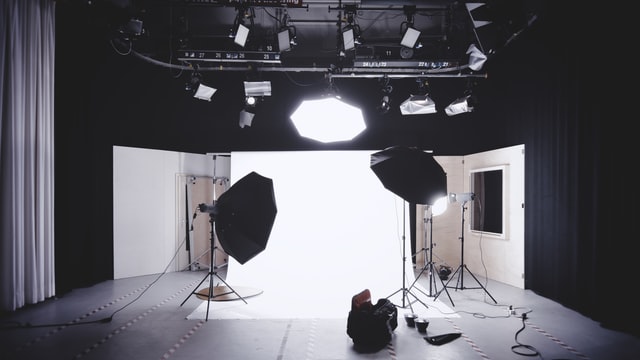
Lighting is essential for post-production when doing high-quality and creative photographs and videos. After all, it can alter the mood, enhance the depth of field, and change the subject's appearance. However, there are still struggles with video lighting setup despite having the proper post-production equipment.
Some believe setting up a complex lighting system is only for professional videographers. This isn’t always the case, as there are only a few basic steps to follow once you have the equipment. In this article, you'll learn the best lighting practices to have an impressive video in a few minutes.
Consider the Background
When you're out in the field, it's easy to forget that you're recording in front of a particular background. This can pose a problem when editing the video because you will have to add or remove the background to have it consistent with the rest of the video.
You can easily avoid this problem if you place your subject on a background with the same colour tone as the main background. Ideally, the subject and the environment should be darker or lighter than the main background so that you can still see the details and the subject.
You can also keep in mind the rule of thirds method. This technique is used in a lot of photography. So if you're facing the subject, imagine a tic-tac-toe (3x3) grid in front of the subject. Afterwards, place the subject at one point where the lines intersect.
Adjust the White Balance
White balance pertains to the colour tone of the video or photograph. It's commonly used when taking a photo in a particular environment where there are light sources with different colours.
One example is the use of flashlights when taking a photo at night. The colour of the flashlight will affect the colours of the image. However, with the help of white balance, you'll be able to alter the colour tones of your photos by changing the white balance option.
Use a Continuous Lighting
Many videographers worry about the post-production lighting equipment they need to have. This is because they believe they need a lot of lights and other devices to have a good lighting setup. However, all they need is a continuous light source.
This lighting option is preferable because it gives a steady light from all four sides and above. This is unlike flashlights and other lighting devices that may not work very well, especially when obstacles are in the way.
Always Check Your Work
Although practising various lighting techniques is fun, never forget to check the results. Make sure to examine your work in detail to see if there are spots that are too dark or too bright.
This method will help make the process smoother for you and your viewers. For instance, if you want to see the details in the subject's face, you can use a fill light or a reflector. It's important to avoid shadows and unwanted glare on the front.
A good lighting setup will change how you shoot videos. This will help you take high-quality videos regardless of your post-production equipment. With these steps, you'll achieve professional video quality in a few minutes.
3D Broadcast is a company that can help you with your broadcast equipment needs. We provide an extensive range of broadcast and post-production equipment, such as lighting, tripods, and many more. Order production class lighting from from us today!


